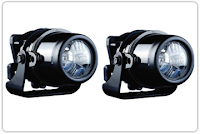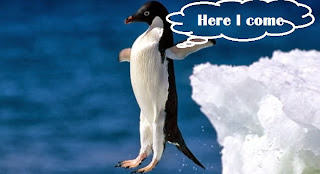This may be an old news for few but I came to know about it today so thought to share it here.
Like Facebook provided feature of having custom URL for Facebook profile and Facebook fan page, one can have custom Google plus URL too.
I created my custom URL like https://plus.google.com/u/0/+SwatiTripathi/
Some easy steps to be followed:
Like Facebook provided feature of having custom URL for Facebook profile and Facebook fan page, one can have custom Google plus URL too.
I created my custom URL like https://plus.google.com/u/0/+SwatiTripathi/
Some easy steps to be followed:
- Open up http://gplus.to/.
- Fill in two fields, the nick name that you wish in your Google plus profile and the Google plus numeric ID.

- As soon as you are done, Google plus will ask you to confirm the customized name that you've requested for.
- The verification will be done after you provide a phone number.
- A verification code is will sent on the phone number and the URL will be confirmed.
Few things that are to be taken care of are:
- There should be a profile picture.
- There must be 10 followers.
- The account should be 30 days old.
Some similar steps can be done for customizing Google plus page too. Be quick as Google may charge for custom URLs in future.
Advantages:
- No need to remember those long URLs for pages.
- While typing google.com/+something , Google will auto suggest the things.
- Branding is more easy.












